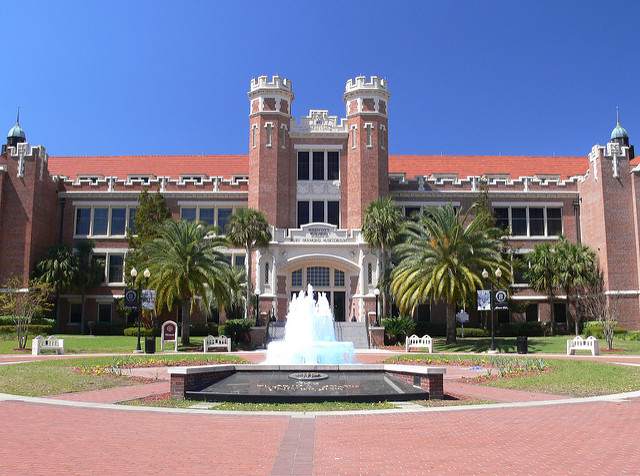By Lloyd Dunkelberger, The News Service of Florida
TALLAHASSEE — Florida university leaders want to revise the system’s performance-funding model, looking to eliminate a dreaded “bottom three” that annually denies state money to the lowest-performing schools.
In this academic year, Florida A&M University, the University of North Florida and New College of Florida missed out on shares of $265 million in state performance funding because they were ranked in the bottom three on a 100-point scale.
The three schools lost out despite the fact that two of them, Florida A&M and the University of North Florida, improved their performances on an evaluation in June, while New College maintained its performance level from the prior year.
But that penalty would be eliminated under a plan discussed Tuesday by the Budget and Finance Committee of the university system’s Board of Governors during a meeting in Tampa.
The plan is a response to a new state law directing the university system to develop a “performance-based continuous improvement model focused on outcomes that provides for the equitable distribution of performance funds.”
Basically, the new model would allow any state universities that improve their performances on a series of measures, including graduation rates, salaries of recent graduates, retention of students and student costs, to receive full shares of the state performance funds.
If any school’s performance declined on the 100-point scale over two consecutive years, it would have to develop a “student success plan” to improve performance. The plan would be presented to the Board of Governors, and if approved, the school would receive 50 percent of its state performance funding.
A second evaluation would occur in March and, if approved by the Board of Governors, the second 50 percent of the funding would be released.
Beginning in the 2021-2022 academic year, all the schools would have to score at least a 70 on the performance scale to qualify for the state performance funds.
If a school fell below that level, it would only receive 50 percent of its allocation, divided into two 25 percent amounts subject to a performance-improvement plan and approval by the Board of Governors.
In the last evaluation, the 11 participating schools averaged 81 points on the performance scale, with only UNF falling slightly below the proposed 70 percent measure. Florida Polytechnic University, the state’s newest school, does not yet participate in the program.
Syd Kitson, chairman of the Board of Governors budget panel, said the new performance model retains a focus on student success as well as recognizing “continuous” improvement by the schools.
“We’re trying to be fair to the universities because this is a fairly significant change, but one that we think addresses the concerns that the Legislature had,” Kitson said.
He said, at the same time, it is designed to keep “everybody on their toes and there is a consequence to not performing.”
Kitson also noted the performance-funding system, which has been in use since 2014-2015, has resulted in significant improvements at the universities, including more than a 5 percent increase in four-year graduation rates and a 9.9 percent decrease in the number of undergraduates taking “excess” classes to earn degrees.
“There’s real data that shows that it is working. It’s really contributing to student success. And I think that’s exciting for all of us,” Kitson said.
Another aspect of the new performance model is that it would eliminate the use of a tie-breaking mechanism if more than three schools tied for the “top three” level, which guarantees 100 percent of schools’ shares of the state performance funds.
That formula proved costly this year to the University of South Florida and the University of West Florida, which both statistically ranked among the top three scores, but were eliminated based on the tie-breaker.
The full Board of Governors is expected to review the new performance-funding proposal at a meeting in November.

